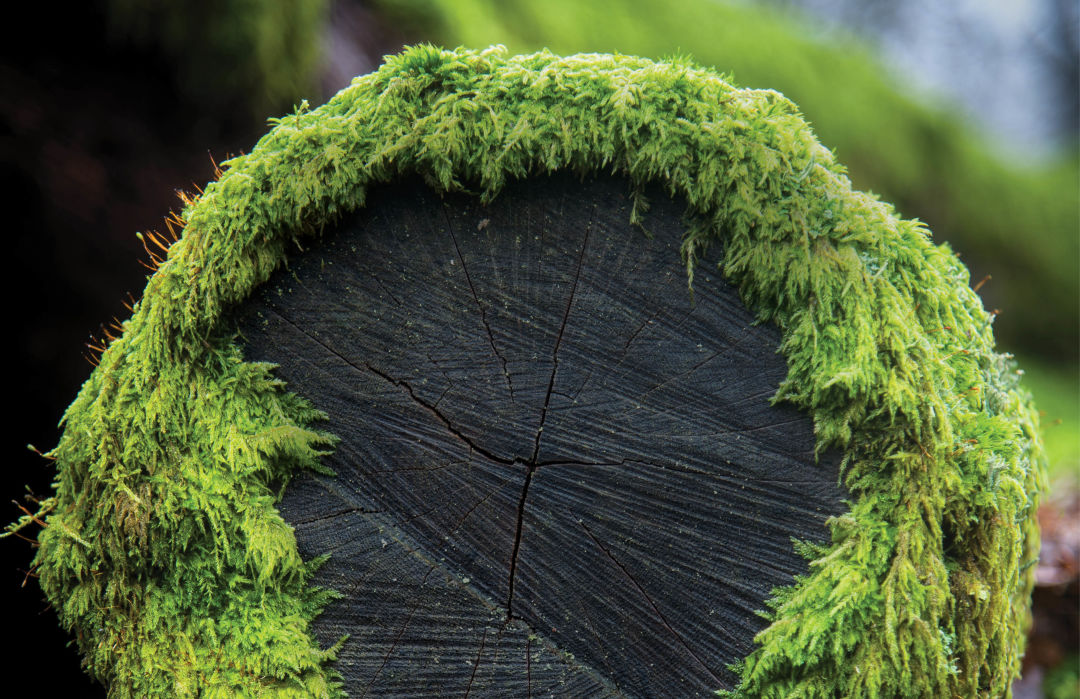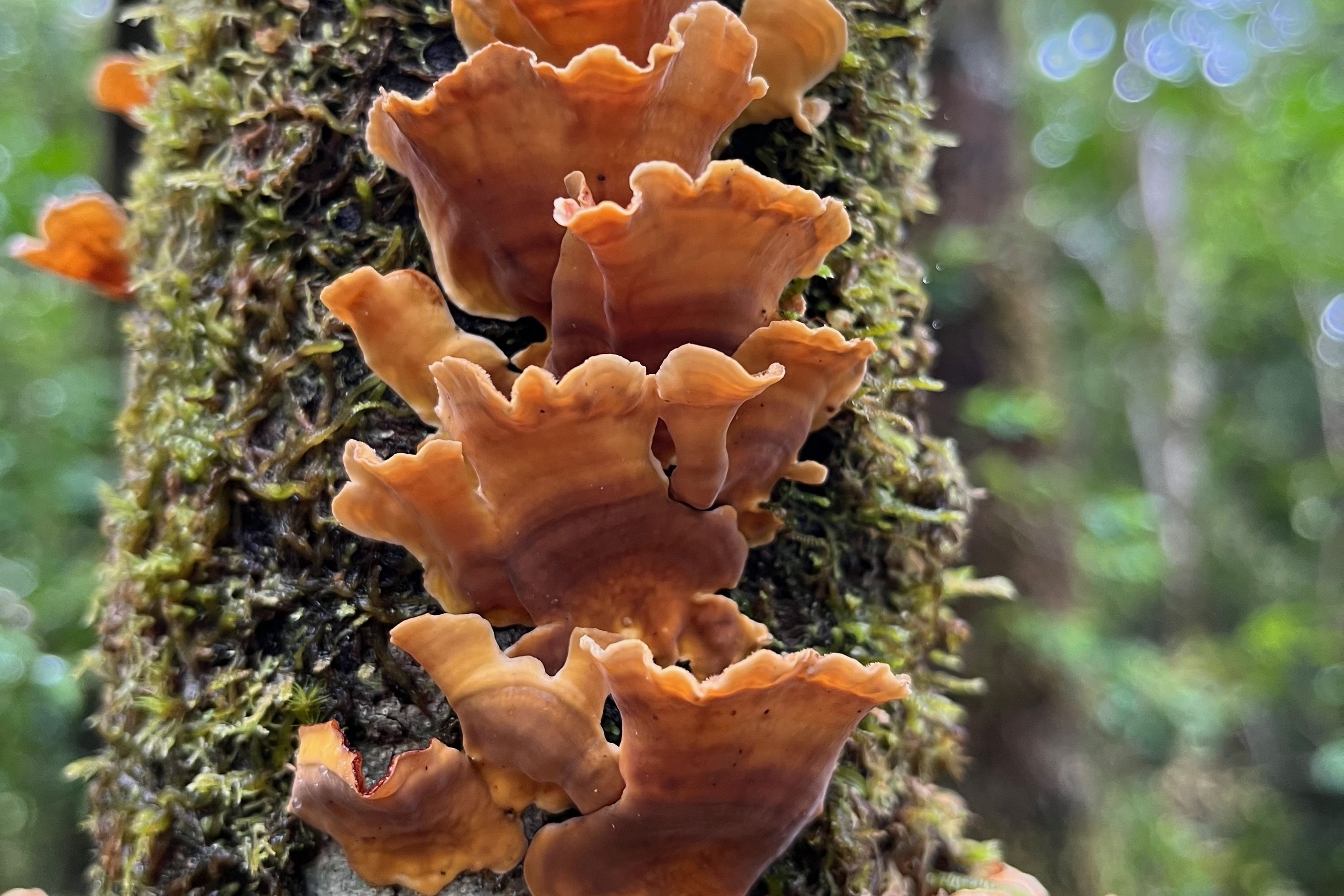How Science Revealed Portland’s Air Quality Crisis

Image: Courtesy Larsa/Shutterstock
On a cool winter day in Laurelhurst Park, I sat on a bench with US Forest Service scientists Sarah Jovan and Geoffrey Donovan, taking in the city air. It seemed fresh.
Since 2013, Donovan and Jovan have been climbing trees in search of moss, collecting samples of the ubiquitous wallpaper of damp Northwest living. The work was tedious, but they had a hunch they could use moss to solve one of the city’s longest environmental mysteries: the source of high levels of airborne toxic metals that regulators had been aware of since at least 2005 but unable to pinpoint. Unlike electronic air monitors, which provide only a snapshot of conditions while they are turned on, moss’s naturally absorbent qualities make it perfect for capturing a neighborhood’s long-term air quality history.
Back in their Forest Service lab, as they analyzed their samples and plotted the results on a map, a startling pattern stared back at them: sky-high concentrations of cadmium, a toxic metal associated with cancer risks, concentrated around hot spots in Southeast and Northeast Portland.
“Initially it was kind of a cool mystery,” said Donovan as we sat in the park, surrounded by mossy trees. “But we started to realize what this means. There’s a day care center 300 meters from [the concentration]. There’s no joy in being right about this one.”
In early 2015, Jovan and Donovan alerted Oregon’s Department of Environmental Quality to the problem. The agency’s response now is well known: it did nothing. Then, in October, the DEQ finally began additional testing that showed high levels of cadmium, chromium, and arsenic—all heavy metals associated with elevated cancer risks—in Portland’s air, around several locations, including an artisan glass maker, Bullseye Glass, near Cleveland High School. DEQ data would eventually confirm that cadmium levels near Bullseye were over 155 times state safety benchmarks. That development sparked a winter-long furor about Portland air quality, including lawsuits and calls from local, state, and federal politicians for tighter pollution controls.
Nobody had previously used moss to locate human health risks at this scale. After many tedious months climbing trees and cleaning moss (often fueled by energy drinks), Jovan and Donovan found it validating to see results. Their study, funded with $20,000 and working with borrowed lab space at Portland State, was relatively cheap: comparatively, a single DEQ air monitor costs about $150,000. The discovery underscores the workaday value of basic science—the unglamorous, often apparently boring research happening around us all the time.
“These results should remind us all of the value and importance of public funding for basic science,” says PSU biology professor Todd Rosenstiel. “It gives these researchers the freedom to pursue unlikely ideas and develop creative ways to monitor the health of Portland’s urban environment.”
It’s likely the fallout, both legal and health-wise, will radiate in Portland for years to come. But according to Jovan and Donovan, there’s nothing particularly unusual about this discovery. They say there are probably thousands of similarly toxic “hot spots” across the country. Jovan and Donovan are interested in publishing their findings in a scientific journal for other cities to read. In Portland, where the skies are not as clean as we thought, their work has given us a new tool for monitoring our environment, and hopefully sparked renewed public will to protect it. Abundant moss, as it turns out, is good for more than just scenery.




